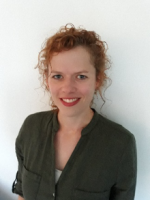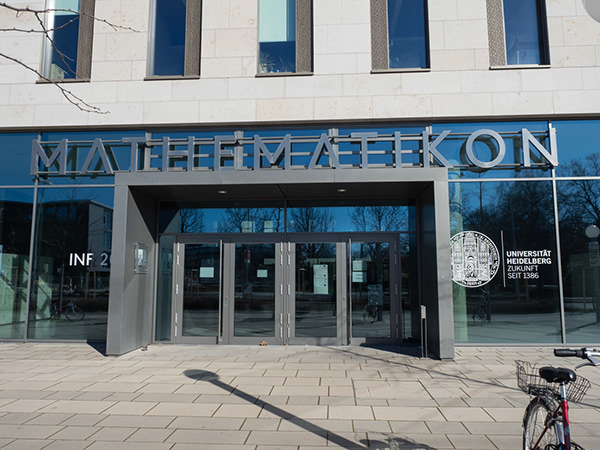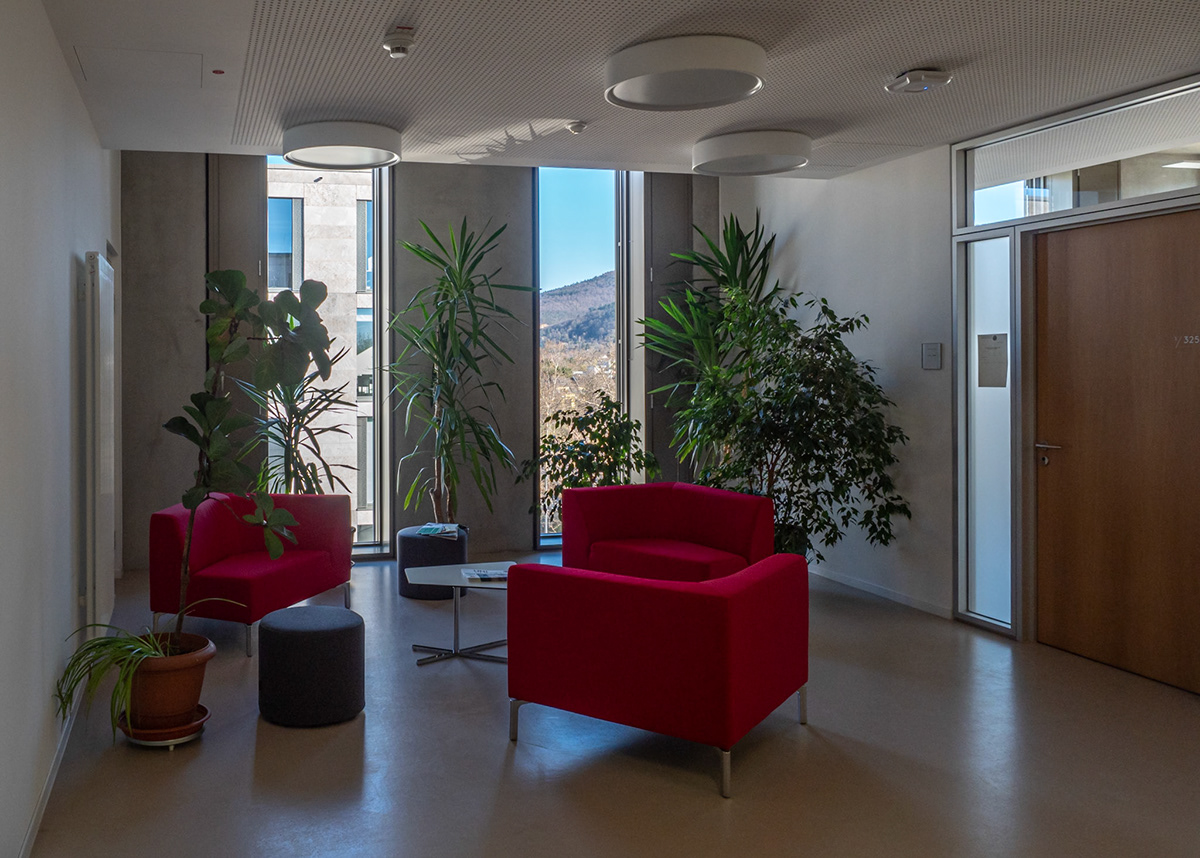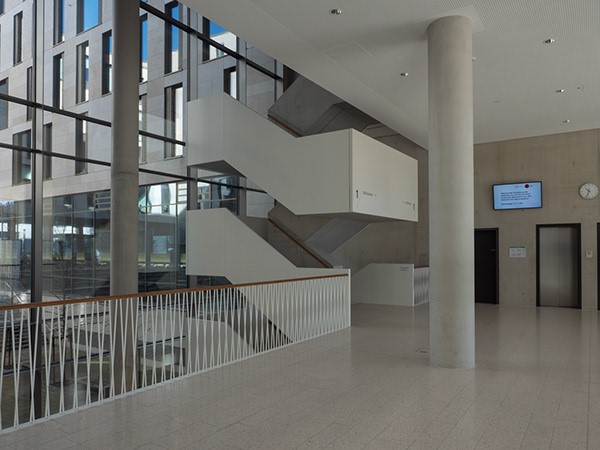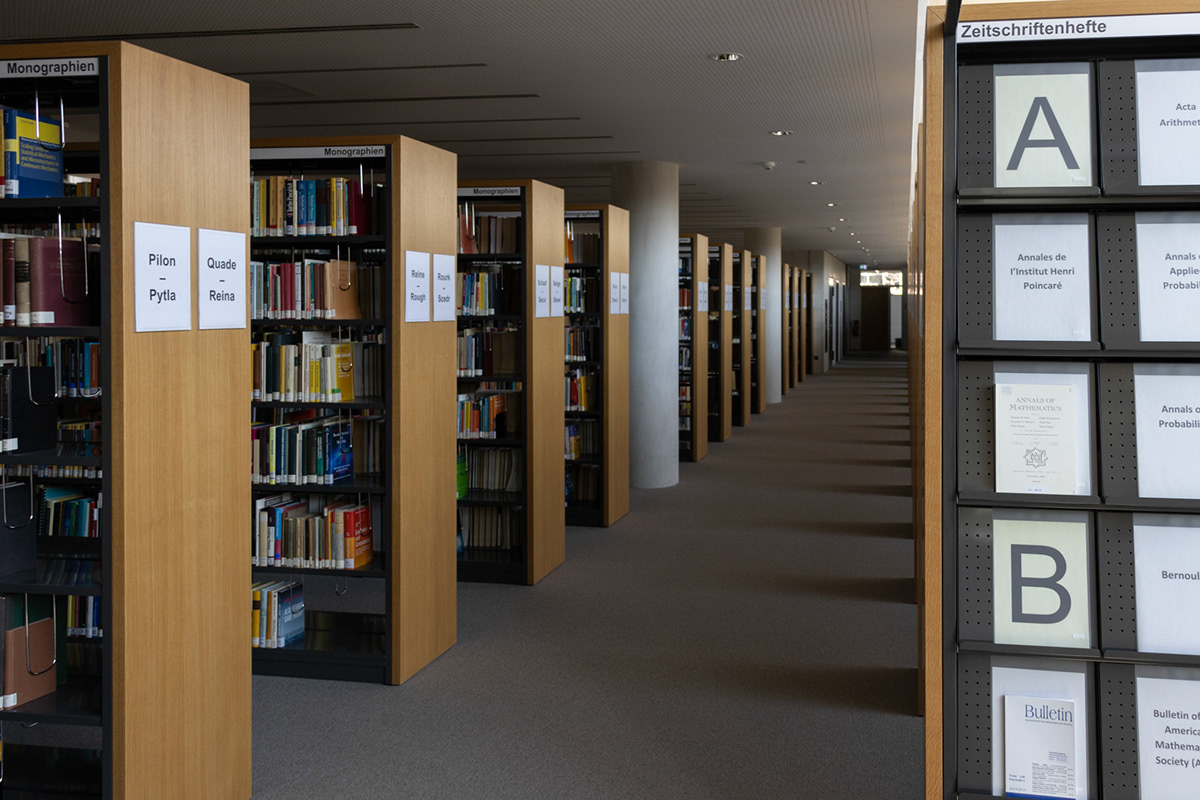
BioRobotics and Biomechanics
At Heidelberg University, we are organized in two main complementary clusters at the Institut für Technische Informatik (ZITI): The Assistive Technology and Interactive Exosuits Lab (ARIES) lead by Prof. Dr. Lorenzo Masia and a joint junior research group Computational Biomechanics lead by Dr. Lizeth Sloot, focusing on human movement analysis and optimal control methods applied to the evaluation of exoskeletons and their physiological effects.
What is BioRobotics? and what is the research of the ARIES LAB?
The ARIES lab of the group of Prof Dr Lorenzo Masia focuses its research on three different pillars:
- Rehabilitation engineering
- Soft wearable robotics
- Intelligent actuators and controllers
The main scope of the lab is conceiving, design and develop wearable technology which is able to support human beings in multiple scenarios, ranging from rehabilitation and personalized assistance to empowering workers in working environments, enhancing safety and productivity.
Our team comprises a wide range of expertise, which contemplates mechanical design, embedded control implementation, computational biomechanics, machine learning and clinical data analysis. We design our own technology and we test it on the final users; that´s why we have collaboration with both clinical and industrial partners.
The main purpose is being able to respond to the main calls of the new trends in human-machine interaction and wearable technology. Prof Masia´s group has a multi-faceted experience in haptics and rehabilitation robotics, developing all the projects in house in a fully equipped 200 square meters laboratory with the state-of-the-art instruments for motion capture, metabolic analysis and mechatronics rapid prototyping.
Over the last few years we have gained high visibility in the field of soft wearbale exosuits design and assistive technology: we have developed a variety of functional, upper-limb devices for the support of the hand, elbow and shoulder joint. In each of these endeavours, we have presented innovative control implementations and complex actuation strategies purposefully designed for wearable technologies. All the systems represent novel hardware implementations of multi-joint soft exosuits for the upper limb but we are now expanding our research areas in lower limb assistance with specific focus on augmenting human walking capacity. We have also gained experience in complementing industrial exoskeletons with embedded actuation and soft layers to mobilize more joints, and provide wearers with a better endurance and physical performance.
What is biomechanics about? The Heidelberg Center for Motion Research
Whether studying the skilled movements of a gymnast, analyzing abnormal muscle activity in patients with locomotion disorders, or estimating the top running speed of a Tyrannosaurus Rex, biomechanics focuses on understanding movement using mechanics and physiology. This broad area of research has been active from the time of Socrates to today. Since nature is complex, many research questions have remained open since the time of Socrates: how does muscle work? what factors shape movement? Other topics are distinctly new: how can we train fall-prone older adults to improve their balance?; how can we draw inspiration from biology to optimal design controllers for an exoskeleton to augment movement?
At Heidelberg University, we focus primarily on the topics of dynamic balance and simulation. Injury due to falls disproportionately affects older adults, amputees, and people with movement pathology. To reduce the injury due to falls, we focus on developing methods to identify people at risk of falling, assessing the effectiveness of assistive devices to restore balance, and evaluating training regimes to improve their balance. As part of our work to develop new measures to quantify balance, we also search for new ways to measure movement that are translatable to everyday use in the clinic or people's lives. Our second area of research focuses on modelling and predicting human movement using the mathematics of optimal control and multibody dynamics. We apply these methods to aid in the design of assistive devices and to study movement science. Together with the medical expertise and experimental and computer facilities at Heidelberg University, we have contributed to the design of low-back exoskeletons, ankle-foot orthoses, the analysis of balance, and the development of new wearable assistive devices.
Working groups and junior scientists/research group leaders
Assistive Robotics and Interactive Exosuits Laboratory
Institut für Technische Informatik (ZITI)
Email
Phone: +49-6221-54-16380
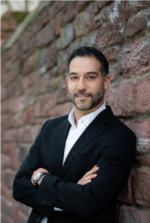
Institut für Technische Informatik (ZITI)
Email
Phone: +49-6221-54-14889
